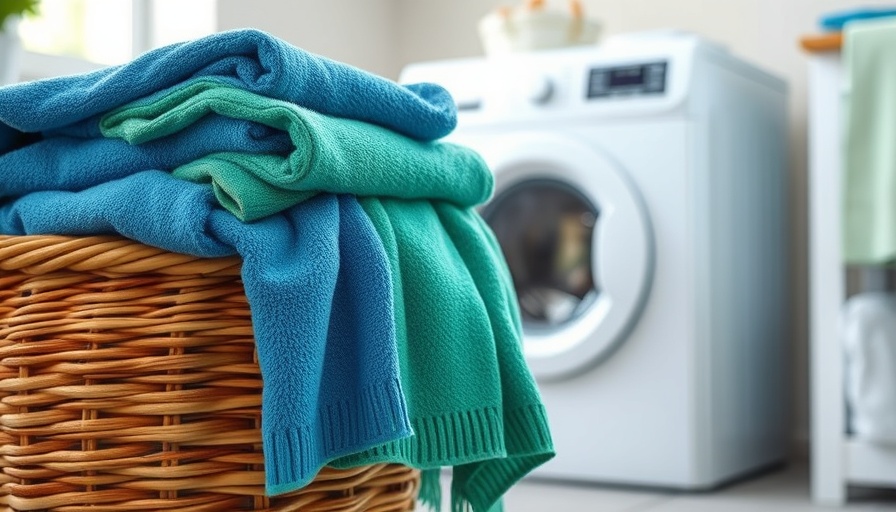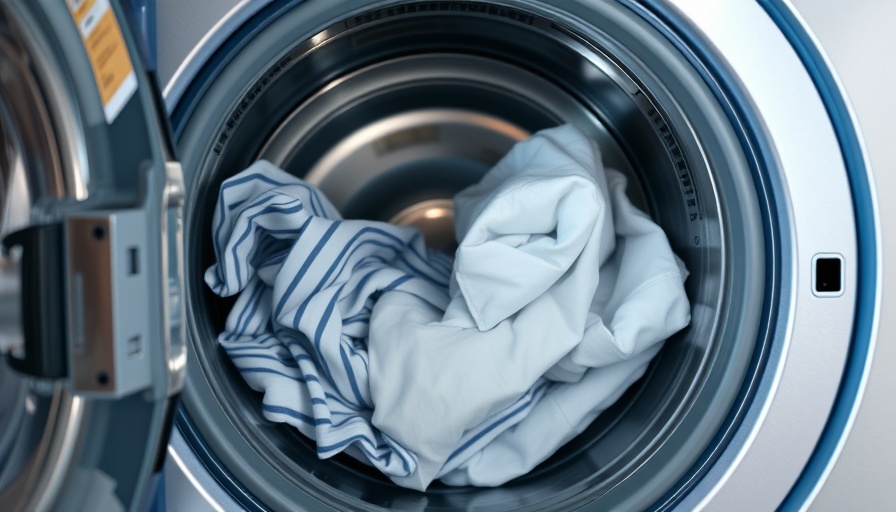
Understanding the Extra Rinse Cycle: When Is It Necessary?
In the world of laundry, knowing when to deploy that extra rinse cycle is akin to being a laundry knight, ready to defend your clothes from residues and irritants. But when do you really need it? The extra rinse cycle is primarily useful when dealing with fabric softeners, detergents, or water softening skips that leave behind residues. If your clothes feel stiff or smell like a chemistry experiment after washing, it’s probably time to gear up and hit that button.
Social Connection: The Emotional Impact of Clean Laundry
Think about it: there’s nothing quite like the feeling of pulling on a fresh, clean shirt or snuggling into warm, crisp sheets. However, unclean laundry can lead to skin irritations or allergies. Understanding when to add that rinse cycle not only enhances your laundry experience but can improve your quality of life. This simple knowledge can empower you as a conscientious consumer and caregiver.
Parallel Examples: A Lesson from the Kitchen
Let’s draw a parallel to cooking. Just as you wouldn’t leave a pot roast in the oven without checking on it, the same goes for laundry. While one rinse might seem enough, in cases of stubborn detergent or allergens, a second rinse could be the secret sauce that elevates your laundry game. Just like salting food tastes better, rinsing out residues makes your clothes more comfortable.
Future Predictions: Smart Washers and More Effective Cycles
As technology breathes life into our everyday chores, smart washing machines promise to revolutionize the way we do laundry. These machines can sense fabric types and dirt levels, automatically adjusting cycles, including rinses. Picture this: your washer could analyze the load and suggest an extra rinse if it detects leftover soap or dirt particles. The future looks bright for laundry lovers!
Counterarguments: Are There Risks in Overusing the Extra Rinse Cycle?
While extra rinse cycles can be beneficial, it’s crucial to strike a balance. Over-relying on this feature may lead to unnecessary water usage, which can impact your water bill and the environment. It’s essential to understand laundry needs on a case-by-case basis. An environmental approach to laundry means less wastage and more conscious cleaning.
Decisions You Can Make With This Information
Taking charge of your laundry knowledge not only enhances personal comfort but allows you to make informed decisions about your laundry practices. Maybe it's time to rethink laundry detergent choices or switch to a rinse-free fabric softener that requires no extra rinse at all. There are eco-friendly products out there for the conscientious consumer. If you're eco-minded, giving conscious thought to your products can make a massive difference.
Practical Insights: Tips for Effective Laundry Rinsing
To optimize your laundry routine: 1) Always read detergent labels for recommendations on rinse cycles; 2) If treating sensitive skin, consider pre-rinsing clothes to remove irritants before the main wash; 3) Monitor how your clothes feel post-wash to determine if an extra rinse is warranted. Developing these best practices empowers you as a laundry aficionado.
In the delightful journey through laundry rituals, knowing when to hit that extra rinse button transforms routine chores into respectful practices. They become expressions of self-care, sustainability, and informed decision-making. Let each rinse symbolize a step towards a cleaner, more conscious lifestyle!
As you consider your laundry habits, check in with your washing machine's resources. Make thoughtful choices that reflect not just on cleanliness, but also on environmental conscientiousness. Happy laundering!
 Add Row
Add Row  Add
Add 



Write A Comment